By 1645, three visionary urban works—the Pont Neuf, the Place Royale, and the Île Notre-Dame—had become the foundation of Paris’ new image, as a city remarkable not only for its size but for its exciting and innovative constructions. The city at large, however, was as yet untouched by large-scale transformation. And this process was suspended for nearly a decade when civil war broke out in 1649. (Chapter 3)
How Paris Became Paris explores the key infrastructure and public works that made Paris the modern city. Joan Dejean delivers just the right amount of history and background relevant to these landmarks for reader to understand Paris’ transformation. Do you know that sidewalk separating pedestrians from vehicles was first seen on Pont Neuf? Do you know the first stone bridge spanning the Seine in a single span has sparkled urban life in an unprecedented way? Do you know Place des Vosages is the first communal square that is neither political nor religious in its purpose? Do you know the waters beneath and nearby Pont Neuf became the first nude beach?
Travel is to learn a place’s history.
Filed under: Books, History, Nonfiction, Travel | Tagged: Books, France, History, How Paris Became Paris, Nonfiction, Paris |

















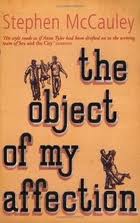





















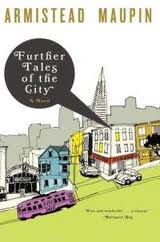






















































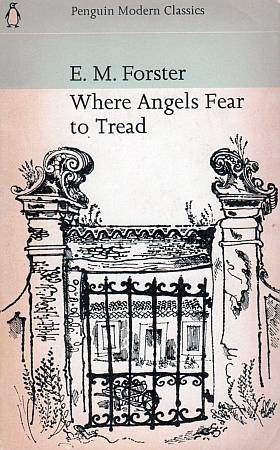















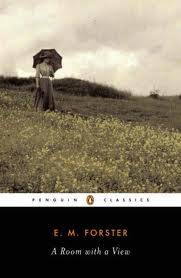








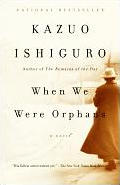

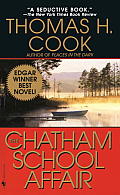




















































































































































These facts were all news to me. Place de Vosages is a wonderful square that most tourists skip. It was also the home of Victor Hugo whose apartment there is now a very good little museum. (If I’m thinking of the right square.)
Me too. Most guidebooks don’t mention much about Place de Vosages. I’m glad to have read this book so I will make a point to see Place de Vosages when I’m in Marais. I’m leaving next week.